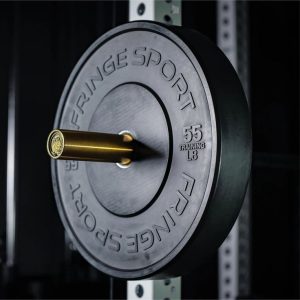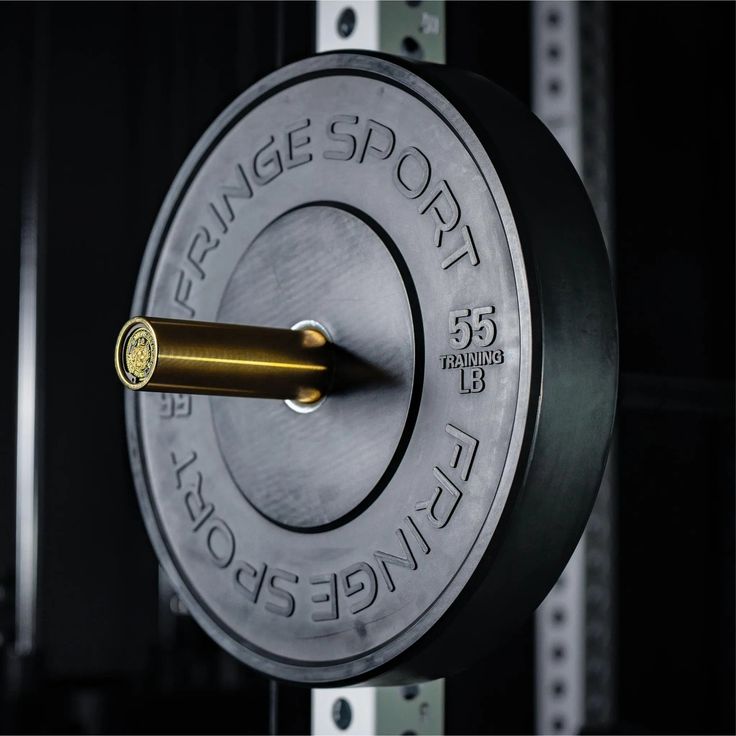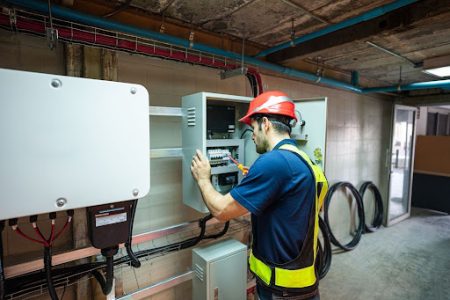Bumper plates are solid rubber weight plates designed to be dropped from a height without causing damage to the floor, barbell, or the plates themselves. Originally developed for Olympic weightlifting, they have become essential equipment for a variety of training disciplines. Unlike traditional iron plates, which can be noisy and cause damage when dropped, bumper plates are durable and protect both your equipment and your training space.
How They’re Made
Bumper plates are primarily made from dense, high-quality rubber or urethane with a steel or iron core. The manufacturing process involves heating and compressing the rubber to create a solid, durable disc.
There are a few different types of material compositions for bumper plates:
- Virgin Rubber: This is a dense, high-quality material that is durable and provides a low bounce when dropped
- Crumb Rubber: These plates are made from recycled rubber, such as old tires. They are often less expensive, but they tend to be softer and have a higher bounce.
- Urethane: Urethane plates are known for their superior durability, resistance to abrasion, and a very low bounce. They are often the most expensive option
Regardless of the material, most bumper plates share a consistent, standardized diameter, which is a key advantage for certain lifts.
Key Advantages of Bumper Plates
Bumper plates offer several significant benefits that make them a top choice for many athletes and gyms.
- Safety and Durability: The primary advantage is their ability to absorb impact. This allows you to safely drop a loaded barbell after a lift, a common practice in Olympic weightlifting and CrossFit. This protects the plates and the barbell from damage.
- Floor and Equipment Protection: Bumper plates are designed to be forgiving on floors. Their rubber construction prevents dents, cracks, and other long-term damage that can occur when iron plates are dropped, making them ideal for home gyms and commercial facilities.
- Reduced Noise: Dropping or racking metal plates creates a loud, disruptive clanging sound. The rubber on bumper plates significantly dampens this noise, creating a quieter, more controlled lifting environment.
- Consistent Bar Height: A key feature of competition-grade bumper plates is that all weights have the same outer diameter, which is mandated by the International Weightlifting Federation (IWF). This ensures that the barbell is always at the same height from the floor, regardless of the weight loaded on it, promoting consistent and proper lifting mechanics for exercises like deadlifts, cleans, and snatches.







